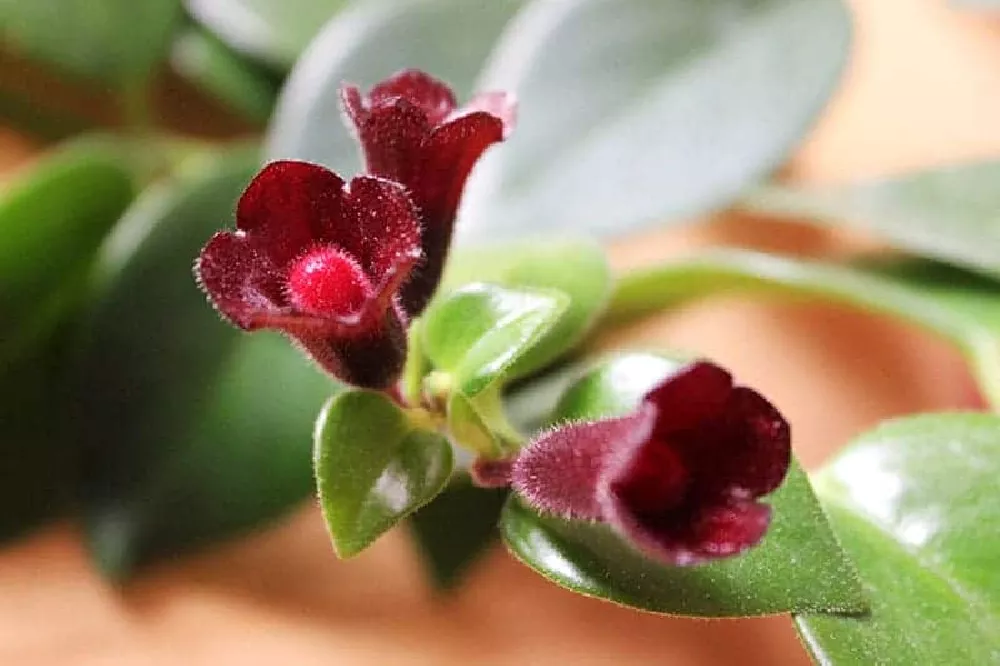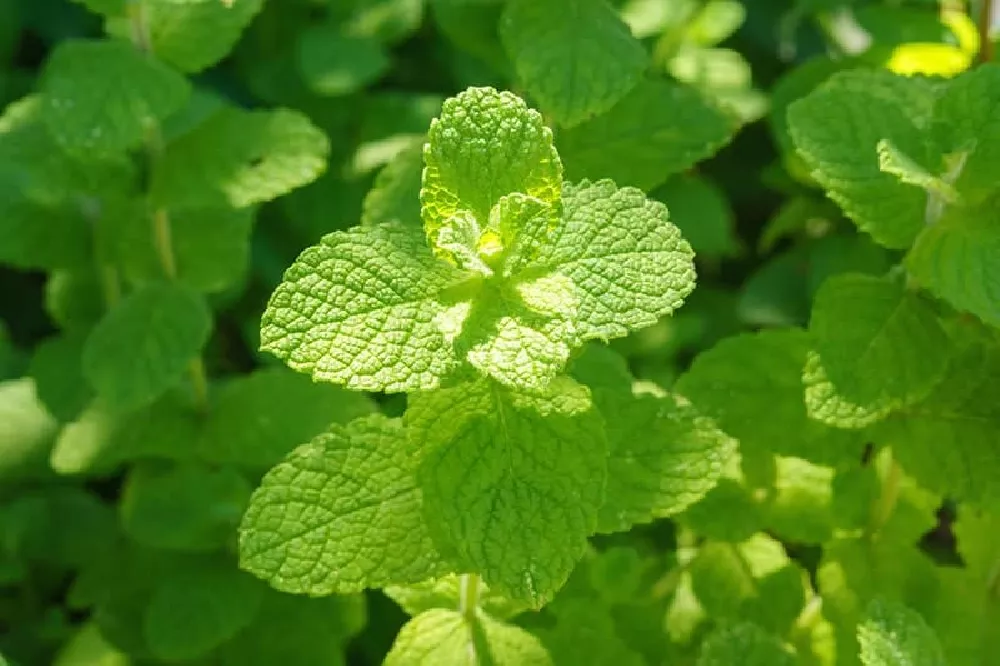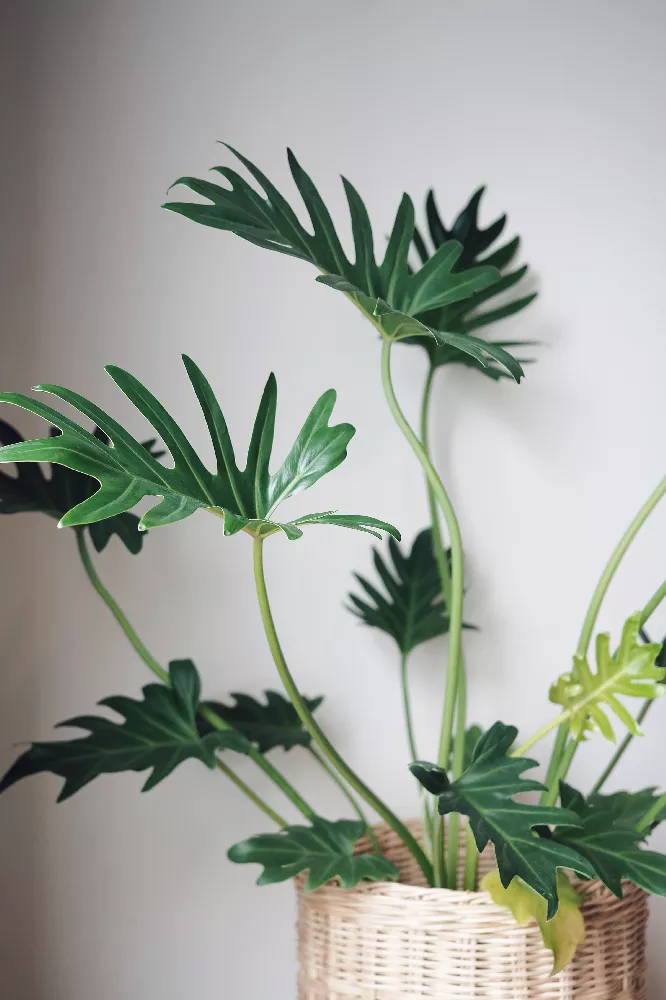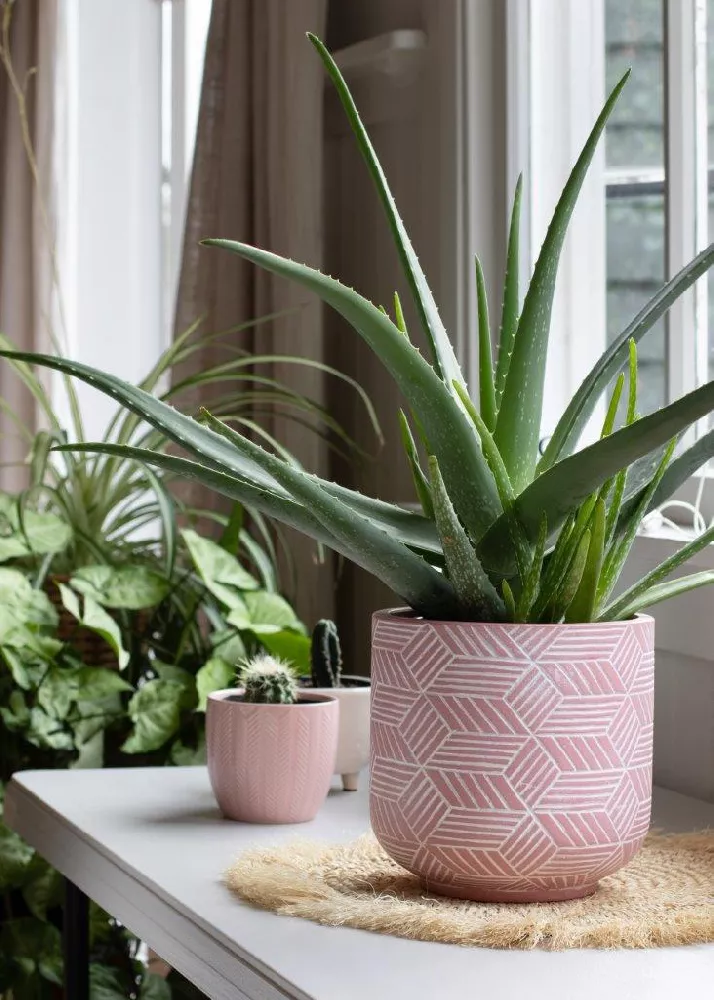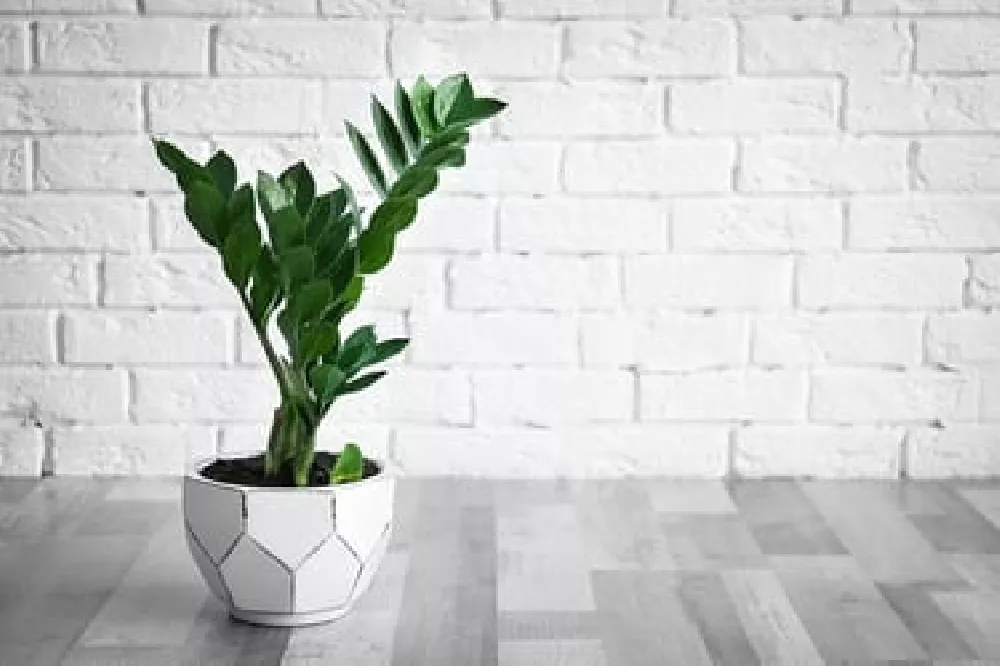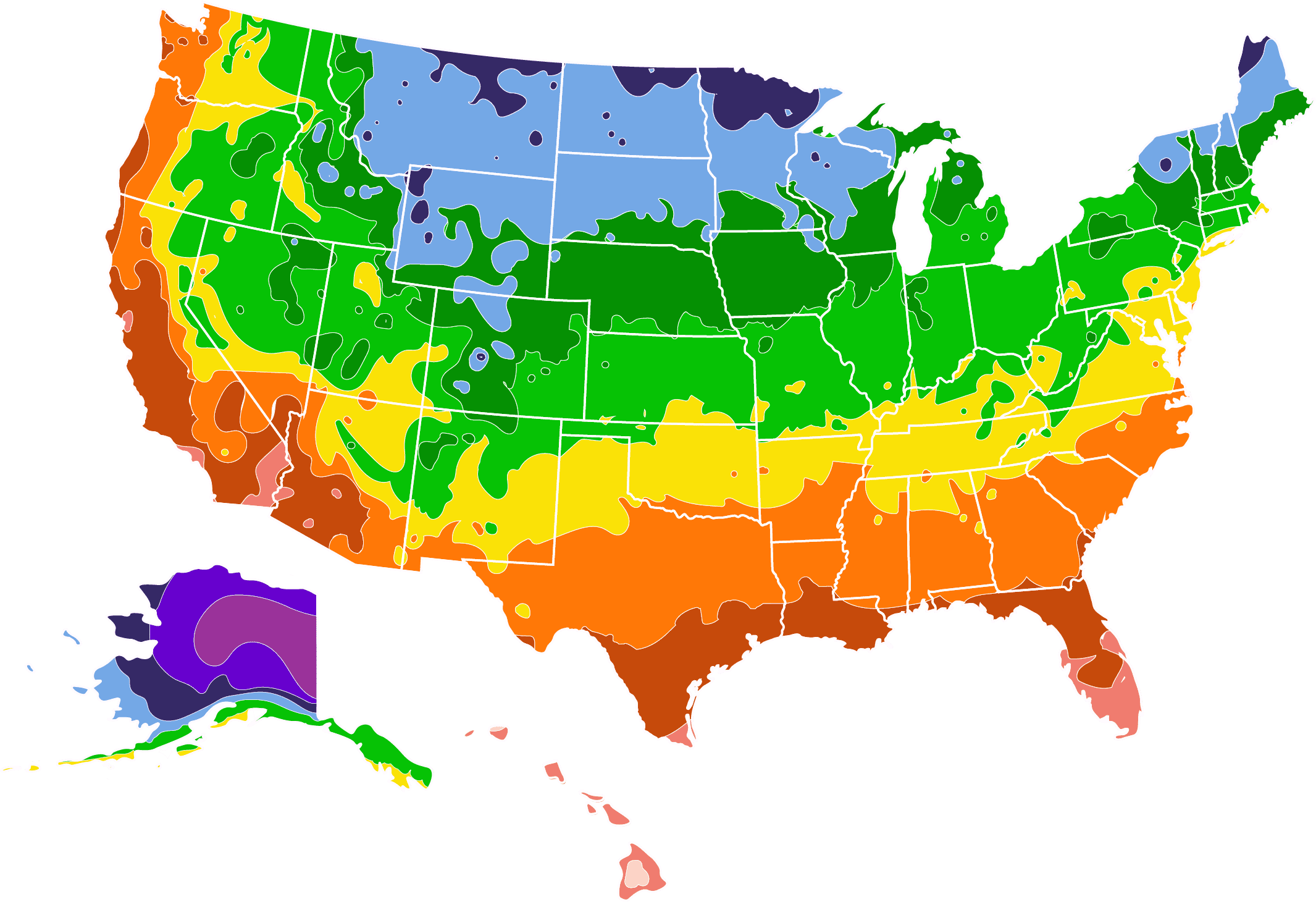- Home >
- Houseplants >
- African Violets
African Violets for Sale - Buying & Growing Guide
Selective Gardener - African Violet Lyon's Private Dancer 2 Leaves
Enter your zip code to find nearby stores that may carry this plant.
One of the most popular houseplants in North America, the delicate African violet originates from the tropical rainforest environments of Tanzania and Kenya. They are compact flowering plants with fleshy green leaves covered with hair-like fur and velvety five-petaled flowers that grow in a range of colors. Though they have a reputation for being difficult to grow, having African violets in constant bloom is actually simple once you get the hang of it. Here are some other interesting facts about African violets:
- They’re most likely to bloom if they get at least six to eight hours of light each day.
- They grow in a range of colors.
- Commercially available African violet potting mix and fertilizer will increase your chances of maintaining healthy plants.
Description of the African Violets
Native to East African, the African Violet is another pleasant houseplant that people tend to keep like the peace lily.
They are small and easy to grow and have this clusters of blue, white (and mostly) purple flowers over hairy leaves. While might bloom with low light, the best growing light condition for them is bright, indirect sunlight.
African Violets are quite finicky too, so you have your work cut out for you when it comes to taking care of them. Much like the peace lily, they are easy to grow (for both beginners and seasoned growers), resilient and liked for their striking resemblance to violets. They’re a joy to look at with their elegant petal that’s usually and fuzzy appearance.
African Violets grow in a width of 2 inches to 12 inches and a height of 2 inches to 6 inches, though some can be wider. Like most houseplants, their lifespan depends on how much care they receive.
While they are among widely adopted houseplants, their numbers are dwindling due to the mistakes growers make when growing them, usually causing their death.
Learning all the important tips in this article is what you need to nurture this beautiful plant if you’re in it for the long hurl.
Planting and Care
Planting instructions
African violets thrive in moderate-to-bright indirect light. Insufficient light will lead to the leaves yellowing, stems getting elongated and blooms stopping, while too much light will cause them to curl downwards. They need at least six to eight hours of indirect light, keeping in mind that when the seasons change you may need to move them to adjust the light’s intensity. African violets also require a minimum of eight hours of darkness each day in order to generate blooms, so if you are using artificial lights you should set up a timer to ensure that they are not on longer than 16 hours each day. The plants are healthiest when kept at a temperature of about 70 degrees Fahrenheit. It is important that they are never exposed to cold air below 60 degrees Fahrenheit, and to heat above 80 degrees Fahrenheit. Their humidity levels should be at least 50 to 60 percent.
African violets benefit from a potting mix that is slightly acidic. There are many commercially prepared African violet soil mixes that provide the correct level of moisture retention and nutrients. They thrive when slightly pot-bound and planted in small, four-to-five inch self-watering containers, but these containers should be flushed every few months to clear accumulated chemicals out of the soil. This can occur when repotting, which should be done at least once a year. Repotting is best done outside of the plant’s growing season. New plants should be potted in containers that are one third the plant’s circumference so that the leaves will rest l on the rim. Your newly potted plant will need a bit of time to recover, but additional humidity provided by placing the entire container in a large, clear plastic bag will help. Check for accumulated salts on the top edge of your African violet’s container regularly. These can be wiped away with a tissue.
Watering and nutrients
African violets are sensitive to both overwatering and underwatering, and their required moisture levels is best provided from the bottom through specially designed pots that include a reservoir that holds water. Soil should be allowed to get to the point where it is just becoming dry, at which point water should be added to the reservoir and then any water that is remaining after 20 minutes should be emptied. It is important to use water that is room temperature, and many experts recommend allowing it to sit for at least 24 hours in order to allow chlorine and other chemicals present in municipal water to age out of the water. Avoid letting water touch the plant’s leaves.
African violets need to be fed on a regular basis during the spring, which is their growing season. They need nitrogen, phosphorus and potassium, but their roots are sensitive to some sources of these nutrients, so it is best to use a formula created especially for the plant’s unique needs. The method of fertilizing African violets is almost as important as what they are being fed. Liquid or water-soluble formulas should be provided following the manufacturer’s instructions for dilution and should only be dispensed after first moistening the soil.
Pruning
The goal of pruning an African violet is twofold: removing anything that takes away from the plant’s beauty and making sure that new growth is getting the light and air that it needs. Damaged leaves and spent blooms can be removed any time by simply snipping them away with your fingernails or a pair of scissors. Additionally, once a month you should trim away a few of the plant’s bottom leaves. This keeps the plant looking healthy. If you are particularly fond of a particular plant, these bottom leaves can be used for cuttings to create new versions.
Pests and diseases
African violets are vulnerable to both pests and diseases. Among the most common infestation threats to the plant are cyclamen mites, thrips, aphids and mealybugs. Insecticidal soap sometimes works, but in most cases once the insects have attacked an African violet it is best to throw the plant away and start over. Root-knot nematodes are nearly invisible worms that infest and destroy the plant’s roots. They are fatal to your plant, and once identified you need to dispose of both the plant and any soil that it lived in. The most common sign is yellowing leaves that turn down at the edges.
Overwatering an African violet can lead to fungal diseases including root, stem and crown rot, while allowing humidity levels to get too high can lead to Botrytis blight or grey mold. Root rot first presents with yellowing leaves, but once this symptom is seen it is usually too late to help the plant. Botrytis is an infectious disease that can spread from plant to plant and for which there is no cure. If you see your flowers starting to turn grey or colorless or if lesions begin appearing on the plant’s leaves, remove the plant immediately.
Temperature
The best temperature for the African Violet is between 65-80o F. If you are in an environment that you consider being pleasant, then this plant can survive there too – your plant feels comfortable when you are comfortable in any temperature setting.
However, to create a comfortable atmosphere for your plant, you should get the temperature close to 70o F but never below 600 F or above 80o F. While heat can negatively affect the African Violet, they can be suffocated by cold temperature.
If you mistakenly expose it to cold temperature, the best action is to move it where there is a warm temperature. You can remove any leave or tissue that’s been affected by the wintry temperature (usually dark and soggy in appearance).
Light
African Violets thrive in areas that have lots of indirect sunlight. However, you may have to keep your plant away from direct sunlight rays, for instance, by keeping it by a bright window ledge.
Another important thing to note is that the plant doesn’t always need 24 hours of light to bloom. This means they’ll still need a few hours out of light, and the best time is when you sleep.
If you are nurturing in an area that doesn’t have a lot of bright light as described above, you can opt for grow lights that cover both the red and blue spectrums. If you are growing the standard African Violet, it helps to mount the light 1 ½ ft. above the plant.
Test for how much heat from the light is reaching the plant by placing your hand between the plant and the light. If you’re not comfortable, then the lighting source is too close and should be moved back a bit in order not to burn the leaves.
Soil
When selecting the soil for your go with those that are quick draining as this will allow the plant to get optimal nutrient for its growth.
Some people use one part vermiculite with the African V soil mix, which is a good one and you can find it in your local store for cheap.
Some soils, like the one mentioned above, are specifically designed for the African Violet, but you can make your own. If you decide to go this way, then people have found a mixture of half ordinary potting soil, half peat moss and half perlite to work well.
Humidity
Humidity is very important when it comes to caring for a houseplant. In the case of an African Violet, the optimal humidity is 70o F and generally anything above 60o F and below 80o F.
When kept in a setting with low humidity, African Violets start to grow wrinkled, dry leaves. Aside from that, the flower buds may not open and look the same way.
This may be caused by a low humidity too, so it’s important to check the humidity if you see that. In any of this case, you should change the present environment or improve the humidity around the area your plant lives.
Repotting
If possible, repot your African Violet regularly – some gardeners advocate doing this once a year or two. To new growers, repotting an African Violet may look like a daunting task or something that may hurt their plant.
However, this is a good thing for the plant since it’ll help it grow and have a long life.
People who avoid repotting often end up with a plant that lives a short and tough life. So how do you do this?
The first thing you do when repotting is to remove the plant. Grasp it from the base – with your hands on the lowest leaves – and pull out gently. Don’t tug the plant forcefully since it can hurt it, which is why you need to be patient and not give up.
Once it’s out, scrub out any soil on the root until the root is spotless. Remove the old/damaged leaves – they are easy to spot with their color against other fresh, new leaves.
Once all the bad leaves are gone, be ready to remove all the flowers. Usually, African Violets will expand efforts into developing and maintaining flowers, but this might counter the proper growth of the leaves/roots.
After that, do general sanitation of the plant, so you have something healthy to work with. If the old mix is still good, then use it for the repotting otherwise get a new mix into the pot and place the plant in its pot.
es being bunched together or extra fur growing on its leaves. Find your plant a warmer spot, making sure that any nearby windows are not letting in cold drafts.
African Violet Varieties
African Violets are divided into major groups based on their types. This includes:
The Rosette African Violets

This type often grows one or two dense stems with heavy internodes and is short in size as well. Their leaves grow to the soil surface but with tight clusters at the base of the plant. They keep their blooms in the center with up to 5 regular cortexes.
Trailing African Violets

These types do have multiple stems from the same root, which gives them a striking difference to the rosette. They also have multiple crowns and grow slanted such that you’d think they’re after light. Their cascading growth gives rise to their trailing characteristics, from where their name is taken from.
FAQs
How do I get my African violet to bloom?
In most cases, an African violet that is not flowering is suffering from lack of adequate light. Other issues may be insufficient moisture, too little humidity, or insufficient nutrients. Make sure that your plant is getting at least eight hours of bright, indirect light a day, that you are not allowing its soil to dry out, and that you are providing nutrients designed specifically for African violets.
Why are my African violets’ leaves curling?
In most cases, curling leaves on an African violet is a result of the room temperature being too cold or using cold water to water it. Other signs include center leaves being bunched together or extra fur growing on its leaves. Find your plant a warmer spot, making sure that any nearby windows are not letting in cold drafts.





